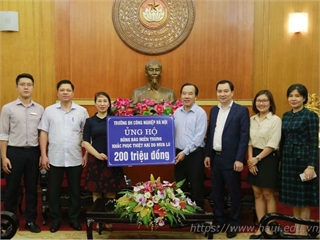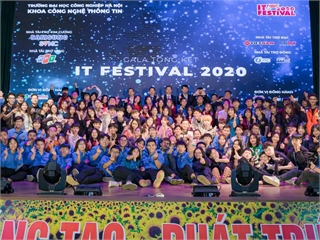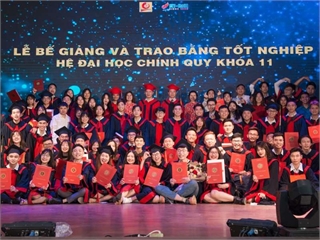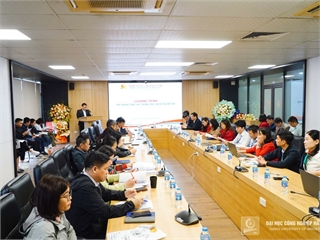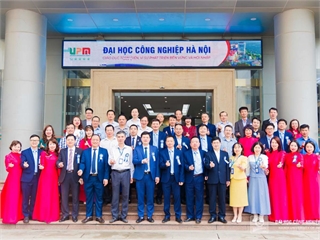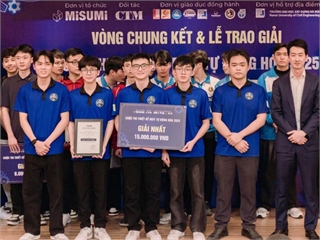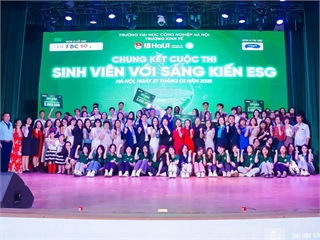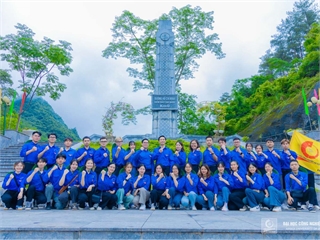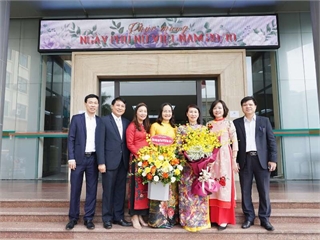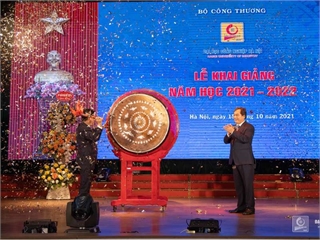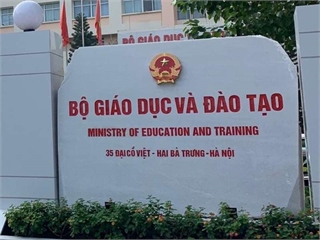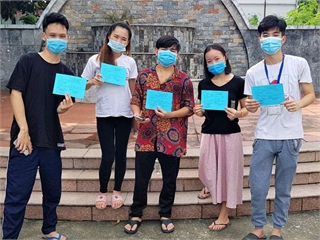Teaching and applying Green Chemistry at HaUI
This is the main content of the online workshop "Sharing experiences on Green Chemistry at enterprises - integrating green chemistry into lectures at Hanoi University of Industry". The program is jointly organized by the Vietnam Chemicals Agency (Ministry of Industry and Trade), the United Nations Development Program (UNDP) and Hanoi University of Industry.
The workshop is one of the important activities within the framework of the project "Application of Green Chemistry in Vietnam to support green growth and reduction in the use and release of POPs and other harmful chemicals" funded by the Global Environment Facility and implemented by the Vietnam Chemicals Agency, Ministry of Industry and Trade in collaboration with the United Nations Development Program (UNDP).
Its main objective is to create a favorable environment for introducing Green Chemistry (GC) and applications to the production industry in Viet Nam and reduce the use and release of chemicals controlled under the Stockholm and Minamata Conventions.
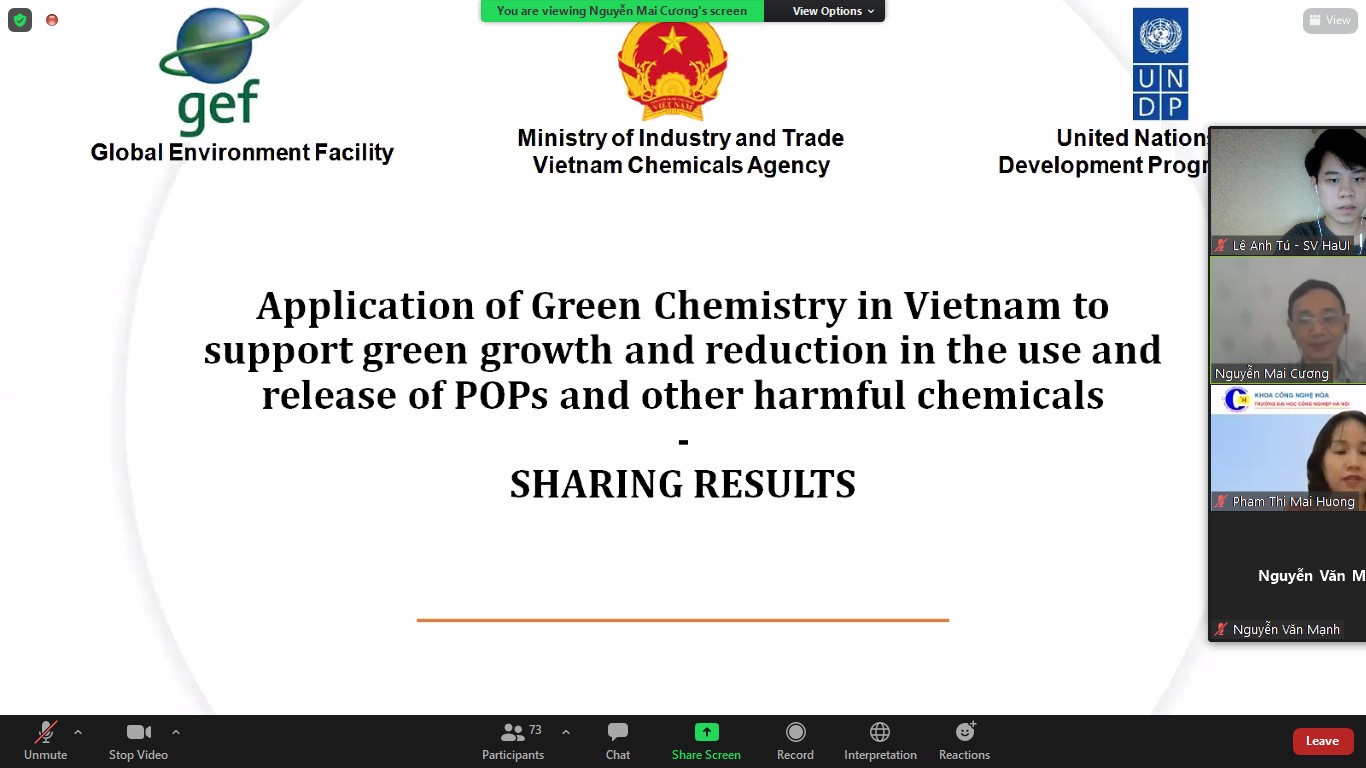 The workshop was held in an online format
The workshop was held in an online format
The workshop is an opportunity for the Faculty of Chemical Technology, Hanoi University of Industry to share experiences in teaching and applying green chemistry in training and scientific research activities.
According to Dr. Pham Thi Mai Huong - Dean of the Faculty of Chemical Technology: Green Chemistry is the application of environmentally friendly production principles, optimal use of natural resources, reducing or eliminating the generation and use of dangerous and toxic substances in the design, manufacture and application of chemical products.
Recognizing the importance of green chemistry, the Faculty of Chemical Technology has approached many documents on green chemistry and has come up with the idea of teaching GC since 2010. In 2011, the faculty developed a detailed lesson plan and officially put green chemistry into teaching. In 2014, the faculty completed the GC textbook of Hanoi University of Industry. According to experts participating in the project, Hanoi University of Industry is one of the few universities in Vietnam that that has its own quality curriculum on green chemistry.
 The workshop had the participation of representatives of the Vietnam Chemicals Agency (Ministry of Industry and Trade), UNDP, businesses, universities and lecturers and students of the Faculty of Chemical Technology at HaUI
The workshop had the participation of representatives of the Vietnam Chemicals Agency (Ministry of Industry and Trade), UNDP, businesses, universities and lecturers and students of the Faculty of Chemical Technology at HaUI
Being the person who directly imparts knowledge about GC to students, Dr. Nguyen Thi Kim An - Lecturer of the Faculty of Chemical Technology said that students of each course are always eager to seek knowledge and learn about GC. Theoretical and practical lessons are integrated to increase training effectiveness. In addition, students also have practical experience on sustainable development and green chemistry through visiting models of application of GC.
In addition, the Faculty of Chemical Technology also regularly organizes contests, fairs and exhibitions of scientific and technological products. Those are the playground to raise awareness about green chemistry and promote scientific research activities; motivate students to participate in scientific research, promote creative thinking capacity, ability to apply knowledge to solve some scientific and practical problems.
The application of Green Chemistry in research and manufacturing will help create green products - products that have little impact on the environment or are less harmful to human health. In other words, green products are environmentally friendly products.
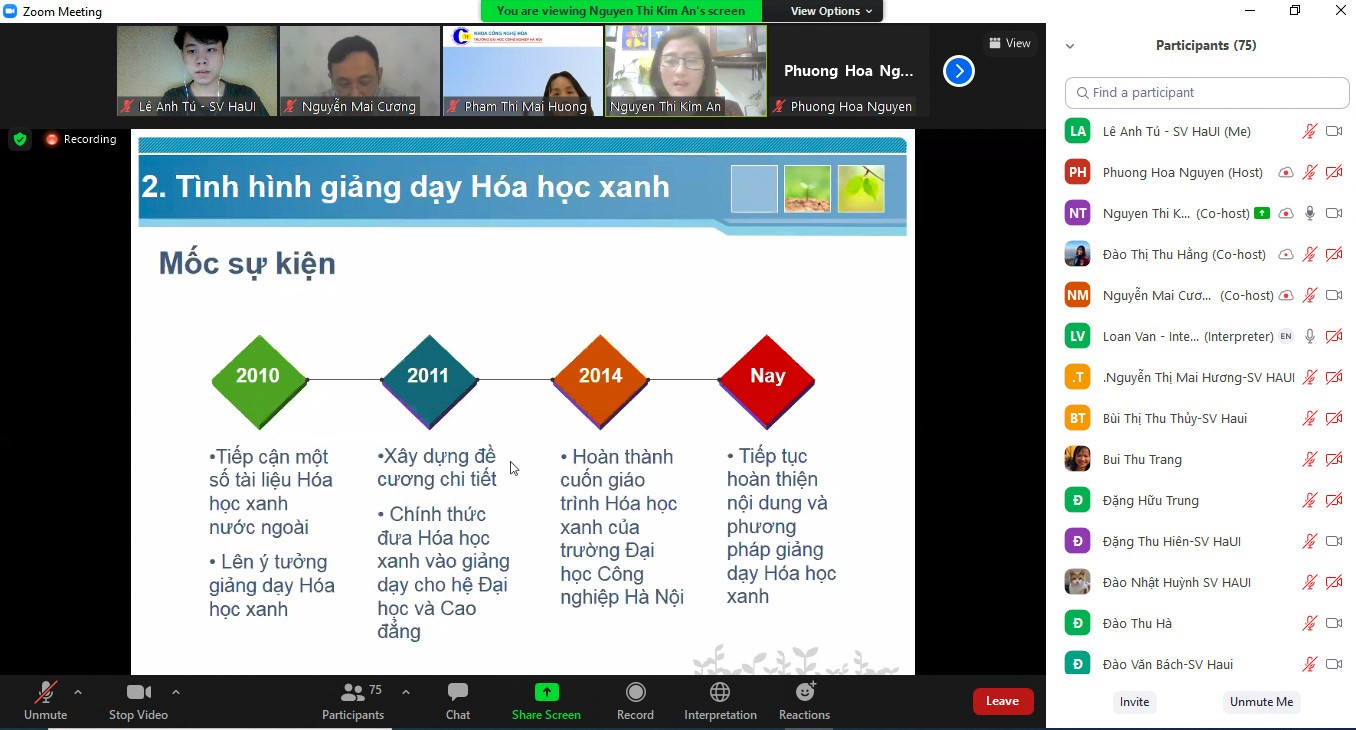 Presentation of Dr. Nguyen Thi Kim An - Lecturer at the Faculty of Chemical Technology at the workshop
Presentation of Dr. Nguyen Thi Kim An - Lecturer at the Faculty of Chemical Technology at the workshop
Some typical projects and products that teachers and students of the Faculty of Chemical Technology have done include: creating the adsorbent from the Red mud of the Central Highlands to remove arsenic in groundwater; recovering Cu and Ag from waste printed circuit boards using scrap iron; making heterogeneous acid catalysts from rice straw and galangal pulp for ethyl lactate synthesis; collecting betacyanin pigment from dragon fruit skin; manufacturing unburnt bricks from Lao Cai phosphorus slag; making bricks from bagasse ash… Those green products are formed or partially formed from recycled ingredients and produced in a more energy-efficient way.
It can be said that GC has been extensively taught and applied in training and scientific research at the Faculty of Chemical Technology, Hanoi University of Industry. Towards improving the quality of training in green chemistry, the faculty continues to perfect the teaching contents and methods of green chemistry and equip more modern equipment for green chemistry learning and research for staff, lecturers and students.
-
Friday, 10:14 22/10/2021

